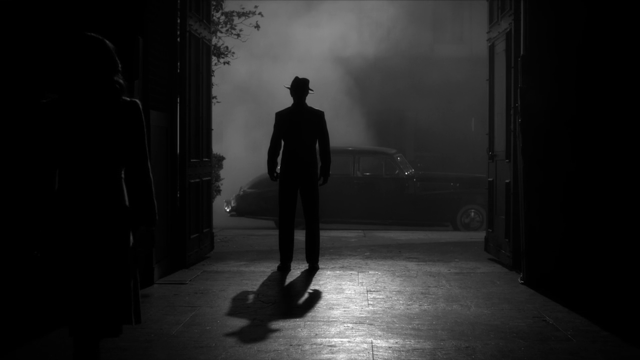I bet you’re thinking: what do you mean when you say “they”. Well, I’m about to explain this whole concept in just a second.
It starts with a mystique, a hidden identity of someone or something cloaked in some menacing or foreboding silhouette…or does it?
It comes up in conversation like some foreign world spoken in a single word – they – and we all wonder exactly who ‘they’ really are. Of course, when you can actually understand who is specified as the people being talked about, all of what is said above melts away. But what we don’t know can’t hurt us, right?
It’s a problem akin to the common flu, or influenza, something of an infection that’s widespread and confusing, because as a fitting acronym known as WHO, the World Health Organisation tells us that there’s not exactly a cure or any way to prevent it, and that it “tends to spread rapidly in seasonal epidemics”. And it does, everyday.
WHO and THEY start with an assumption if one has no idea what the people behind the words or collective are, and it’s only natural to assume deviant activity when a person or thing, or “collective” doesn’t open its name to the rest of the collective, our society and its people.
But, to get back on track, there’s an overwhelming sense of governmental secrecy and tedious conspiracy when someone says, “I don’t know who they were” or, in an even more baffling example, “They always do this to me”. Who the hell are these people? To an outsider, or curious listener ;), and possibly even the people who uttered the above rhetorical statements, there is immediately this sense of unknown figures.

Can assumptions lead us so far (yes, even myself) to believe in a governmental degradation, a corrupt collective power that operates behind the shadows of everyday life? Can objects manipulate perceptions about what is socially good and bad, the tearing of traditional iconography? And what happens when we do find out about the ‘they’? Well, unless you ask who they are, you’ll never know. Because it is known that collective bodies operate behind doors with large authority and power, such as governments, there is a tethering habit to make connections like this.
Suits, a traditionally formal and high—or first class garment, have now been attributed to not only an increase in formality, but in money and power, which in an extreme case can be seen as greed and something more sinister. They also cloak the wearer in a presence that commands attention.

A cultural example of this can be seen in film noir, a genre that has always likened shadows and corporate injustice over some lesser known and more relatable human being, But when both good guys and baddies where the same clothing, and conform to a similar sense of image, what makes them different? Definitions of identity do.
I guess the lesson is to give a name to something, or somehow, through human nature when we don’t, another will link the ‘they’ to any form in our imagination. Another is to note the intentions behind people, and collectives, or to face the fact that some cannot be so easily unravelled. Mystery prevails.
So, who are they?